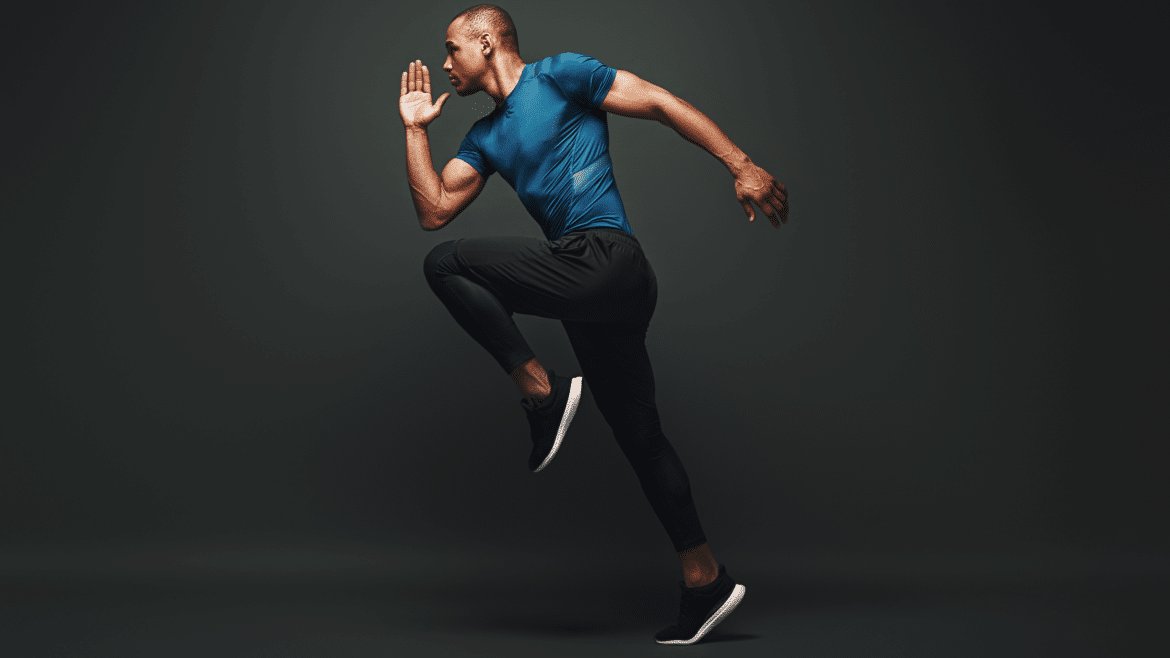 Aug
24
Aug
24
Base Layers for Different Sports: Which Sports Need a Base Layer?
- 24 August 2025
- 0 Comment(s)
If you’ve ever been on a chilly winter morning training session or struggled through a hot summer session dripping in sweat, wearing next to your base layers can be the difference between good and bad. That’s where base layers for different sports come in. They may not be the most thrilling component of your sporting garb, but to many athletes, they’re the one piece you wouldn’t train without.
This sports base layer guide will break down which sports need a base layer, why they matter, and how to get the most out of them. Whether you’re chasing a personal best, taking on a big match, or simply trying to stay comfortable through the seasons, knowing which sports need a base layer is important.
What is a Sports Base Layer?
Consider a base layer for different sports as the initial line of protection between your skin and the rest of your gear. It exists to prevent you from getting wet, control your temperature, and prevent that clammy, sticky sensation you feel when sweat accumulates.
Most are constructed from performance materials such as merino wool, polyester, or a stretch synthetic mix. Merino is fantastic for retaining warmth without the feel of bulk. Polyester is quick-drying, great for soggy sessions. Stretch materials provide you with the flexibility to move about freely, whether you’re racing down a pitch or pumping iron in the gym.
Base Layers for Different Sports
Base Layers for Running
When you are an established runner, you can attest to the fact that things can change very quickly. You stand in the starting line shivering one minute, and are already wet in the middle of the first mile.
That is why runners swear by a base layer. A thermal layer maintains heat along your skin without causing you to sweat in cold weather. During hot weather, wear a super-light top having breathable panels to allow sweating to dry quickly, keeping you fresh and alert.
Base Layers for Cycling
Cyclists ride for hours in their saddles, and it’s not uncommon to begin a ride on a chilly day and return in the blistering sun. It is here that the question arises: do cyclists actually need a base layer? For the majority of riders, the answer is yes.
It maintains your core temperature constant, prevents sweat from sticking to your skin, and denies you that chilling gust when you come crashing down a hill. Merino blends in the winter will keep you warm. In the summer, thin-as-paper synthetics best maintain airflow and moisture flow.
Base Layers for Skiing or Snowboarding
As anyone who has ever been on the slopes will know, it is vital to be warm, without feeling swaddled. Skiing and snowboarding require continuous motion, and the balance between heat and moisture becomes important with the help of a good base layer.
It keeps you warm, zaps the moisture off your skin, and lets you twist, bend, and jump with ease. Skiers are most fond of midweight merino or synthetic thermal fabrics. They keep them warm even when they spend all their time on the chairlift, and they are breathable when they are sweating through their skis.
Base Layers for Football
On the field, there’s no time to worry about your gear; it simply has to perform. So, should footballers wear a base layer? Yes. It keeps muscles warm, which can reduce the risk of injury, and regulates sweat so you don’t feel cold and heavy. Winter requires long-sleeve thermals as your bottom layer under your gear. When it’s warmer, light, moisture-wicking layers keep you cool and comfortable.
Base Layers for Gym and Training
At the gym, you’re working with movement bursts, brief rest periods, and sometimes drills outdoors. A base layer can provide that little extra because it provides muscle support and manages sweat.
Compression options can minimize fatigue on longer sessions. Indoors, sleeveless or short-sleeve models are perfect. When you’re exercising outside in colder temperatures, change to long sleeves for warmth without compromising flexibility.
Frequently Asked Questions About Base Layers for Different Sports
Is a base layer necessary for cycling?
Yes, in particular with rides that are longer than an hour or when the weather could turn during a ride. According to a research study in sports apparel, it has been revealed that moisture-wicking fabrics have the potential to make skin moisture drop by as much as 50 percent, meaning that there would be less irritation and a more consistent core temperature.
Should football players wear a base layer?
Yes, and lots of professional players do. A base layer for different sports also keeps muscles warm, which can prevent strains and pulls, especially in cold-weather matches. It also deals with sweat, therefore not having to carry around additional weight or feeling cold at stoppages in play.
Can base layers be worn in summer?
Yes, base layers designed specifically to be worn in summer are manufactured out of ultra-light, breathable materials that allow heat to escape but not sweat. Some use mesh panels or pre-designed ventilation gaps to increase the flow of air. They have the ability to keep you cooler and more comfortable than wearing nothing but a jersey, even when outside temperatures are above 25 °C (77 °F).
How often should you replace a base layer?
When your base layer begins to lose its elasticity, or it feels worn, or is no longer capable of pulling the moisture away, replace it. In the case of the athlete who is training multiple times a week, this may be as frequent as every 12 to 18 months. Indications that you should change it are the remnants of odors despite washing, thinning of fabrics, or the seams becoming stretched out.
